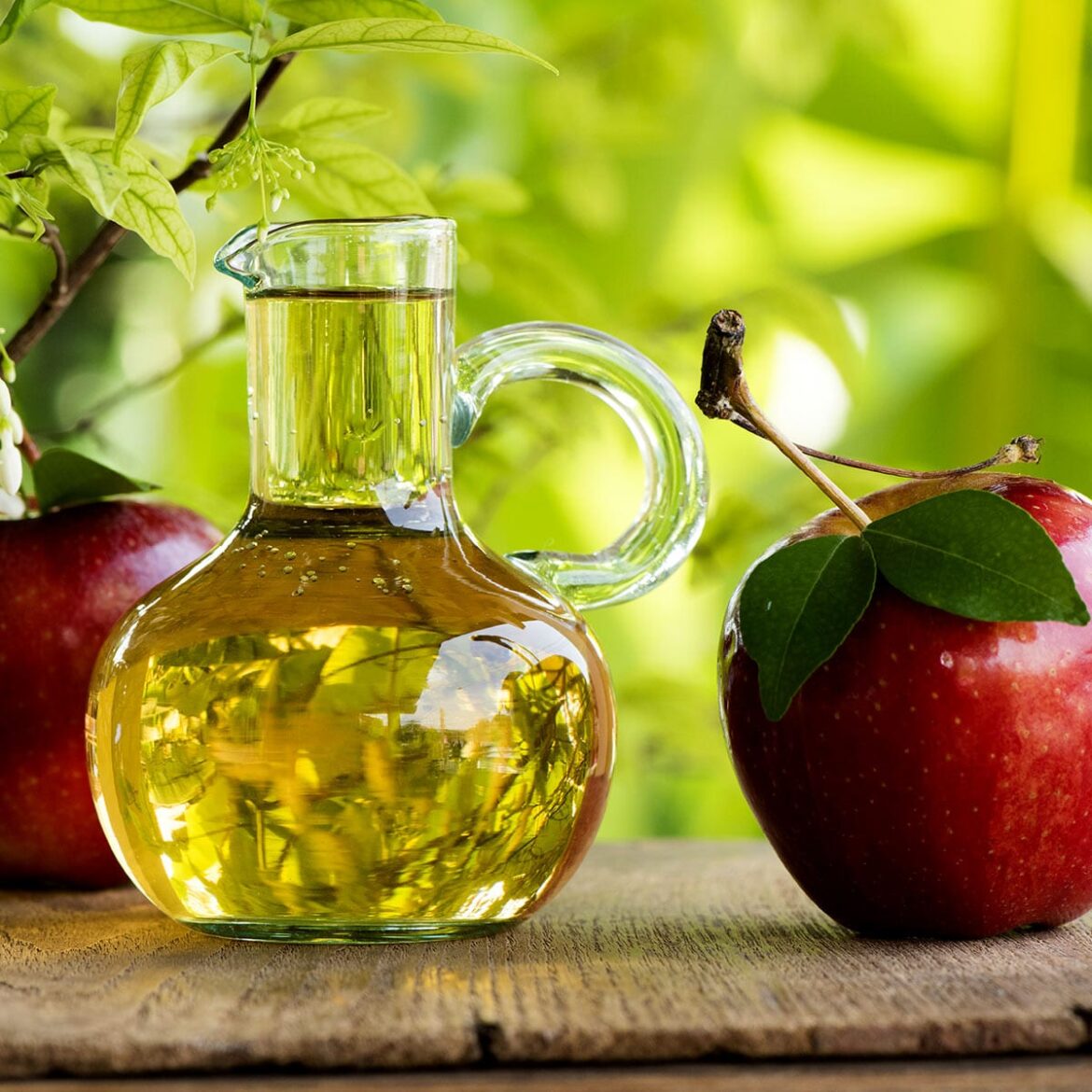History of National Vinegar Month
In all likelihood, vinegar initially came from wine as is evident from its name. The name is derived from the old French term ‘vinaigre,’ which means ‘sour wine.’ As with the name, people still debate the period of origin for this liquid. We’ve seen Egyptian urns dating back to 3000 B.C. hold traces of vinegar, and Babylonian scrolls from approximately 5000 B.C. have mentioned vinegar-soaked foods traveling further and more easily than plain food. Vinegar also makes an appearance in the “Bible,” as the drink offered to Jesus Christ at his Crucifixion.
Of course, this old-timey vinegar would have tasted and looked much different from today’s clear liquid. The Babylonians made it from dates, figs, and even beer, and the Ancient Greeks always mixed their vinegar with other ingredients before drinking it. One thing stayed the same, however, the distinctive tart taste that this “poor man’s wine,” — as it was also called — left behind.
By the late Middle Ages, vinegar-making turned into a professional process in Europe. Most famous among these was the French city of Orléans, whose vinegar-making method became so well known that it became the best and most used among all methods in those times. And now, with easier access to and a better understanding of vinegar, people began to experiment with the liquid itself. Malt vinegar — initially called ‘alegar’ in its home country, England — developed, and the Italians gave us balsamic vinegar.
These processes, inventions, and growing popularity notwithstanding, vinegar production technology itself did not develop at an equally fast pace. The process only gained momentum in the 19th century, spurred by scientific advancements and industrialization. This was also when Louis Pasteur, a French chemist and microbiologist, proved vinegar fermented as a result of a natural and biological process, paving the way for more innovation in vinegar production.
Finally, by the 20th century, another revolutionary production change — a fermentation process that reduced vinegar production time to one to two days, spurred the mass (and cheap) production of vinegar. This tangy liquid was now available all over the world.

